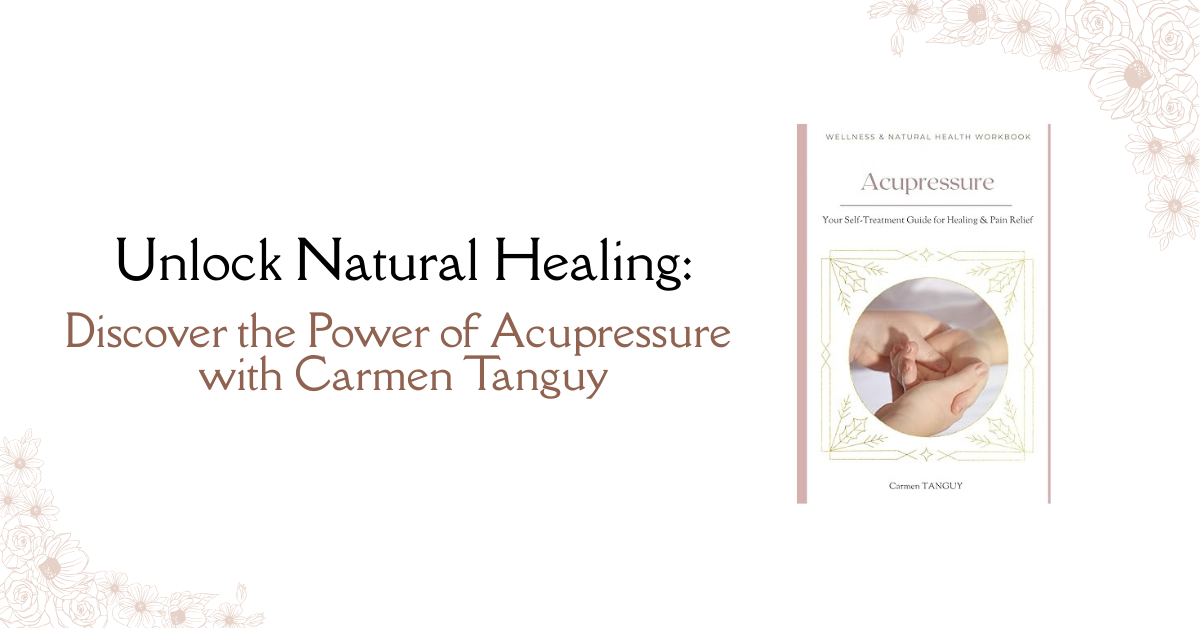In today’s fast-paced world, mental clutter can feel like a permanent fixture. Between deadlines, notifications, responsibilities, and constant stimulation, it’s no wonder stress and anxiety are at an all-time high. While quick fixes and surface-level solutions offer temporary relief, the path to long-term mental clarity and emotional balance requires going deeper.
That’s where yoga comes in—not just as a physical workout, but as a powerful system for mental detox and emotional healing. Yoga’s ancient techniques are more relevant than ever in our overstimulated digital age, offering us tools to not just survive stress but to thrive in spite of it.
This article will explore how yoga helps declutter your mind, reduce anxiety, and restore emotional calm, while also giving you practical steps to begin your own yoga-based mental wellness journey.
Why We Need to Declutter the Mind
Mental clutter is more than just overthinking—it’s the internal chaos caused by:
-
Worry about the future
-
Regret or rumination about the past
-
Information overload
-
Negative self-talk
-
External pressure to “do more” and “be more”
These thoughts create a state of constant stimulation, keeping the nervous system in a loop of stress. Over time, this can lead to:
-
Chronic anxiety
-
Insomnia
-
Fatigue
-
Digestive issues
-
Depression
-
Burnout
Just like we clean our physical spaces, our minds need regular clearing. Yoga offers a pathway to do just that—without needing to leave your home or spend hours in therapy.
How Yoga Helps Reduce Stress and Anxiety
Yoga works through the body-mind connection, targeting the physical symptoms of stress (like tight muscles and shallow breathing) while also calming the mind through meditation and breathwork.
Here’s how yoga supports mental clarity and emotional regulation:
1. Activates the Parasympathetic Nervous System
When you practice yoga, especially with deep breathing, you shift from the “fight or flight” mode (sympathetic nervous system) to the “rest and digest” mode (parasympathetic). This instantly lowers cortisol (the stress hormone) and promotes relaxation.
2. Improves Breath Awareness (Pranayama)
Controlled breathing exercises calm the mind and reduce racing thoughts. Breath is a bridge between the body and mind—when it’s deep and steady, so is your mental state.
3. Increases Mindfulness
Yoga cultivates present-moment awareness. When you focus on your body and breath, your mind has less room for worry and fear. This enhances mental clarity and focus.
4. Balances Brain Chemistry
Studies show that yoga increases levels of GABA, a neurotransmitter that helps manage anxiety. It also boosts dopamine and serotonin—the “feel-good” chemicals.
5. Builds Emotional Resilience
Yoga teaches you to observe emotions without judgment. Over time, this detachment helps you respond to life’s challenges with calm rather than react impulsively.
Best Yoga Styles for Stress and Anxiety Relief
Not all yoga is created equal when it comes to mental wellness. Some styles are more energizing (like Power Yoga or Ashtanga), while others are more soothing. For stress relief, these styles are most effective:
1. Hatha Yoga
A gentle, foundational practice that combines physical postures with breath. Great for beginners and those looking to reconnect with the body.
2. Restorative Yoga
Uses props to fully support the body in poses held for longer periods. Deeply relaxing, it helps reset the nervous system and release tension.
3. Yin Yoga
Targets deep connective tissues and encourages stillness. The meditative aspect is perfect for quieting a busy mind.
4. Yoga Nidra (Yogic Sleep)
A guided relaxation technique that brings you into a deep meditative state. Just 30 minutes can feel like hours of rest.
5. Vinyasa (Slow Flow)
Linking breath to movement, slow Vinyasa can help you channel restless energy into flow, reducing agitation and anxious thoughts.
7 Yoga Poses to Calm the Mind and Ease Anxiety
Here are some beginner-friendly poses you can try at home. Hold each for 1–3 minutes, breathing slowly and evenly.
-
Child’s Pose (Balasana) – Relieves tension in the back and promotes a sense of safety.
-
Legs-Up-the-Wall (Viparita Karani) – Reverses blood flow, calms the heart, and soothes nerves.
-
Seated Forward Fold (Paschimottanasana) – Stretches the spine and calms an overactive mind.
-
Cat-Cow (Marjaryasana-Bitilasana) – Synchronizes movement with breath to create rhythm and relaxation.
-
Bridge Pose (Setu Bandhasana) – Opens the chest and alleviates mild depression.
-
Reclining Bound Angle (Supta Baddha Konasana) – Relaxes the hips and slows down the breath.
-
Corpse Pose (Savasana) – The ultimate surrender. Allows full integration and mental stillness.
Pranayama Techniques for Anxiety
Breathwork is a secret weapon for calming the mind. These practices are simple yet powerful:
-
Box Breathing: Inhale for 4, hold for 4, exhale for 4, hold for 4. Repeat.
-
Alternate Nostril Breathing (Nadi Shodhana): Balances both brain hemispheres and calms the nervous system.
-
Ocean Breath (Ujjayi): Slight constriction in the throat creates a soothing sound that anchors the mind.
Just 5–10 minutes of pranayama a day can significantly reduce stress.
Daily Yoga Routine for Mental Clarity
Here’s a simple routine you can follow:
Morning (10–20 minutes)
-
Gentle stretches or sun salutations
-
Deep breathing (3 minutes)
-
5-minute mindfulness meditation
Midday Reset (5–10 minutes)
-
Legs-up-the-wall pose
-
Box breathing or Nadi Shodhana
Evening Wind-Down (15–30 minutes)
-
Yin or restorative yoga
-
Gratitude journaling
-
Yoga Nidra or guided meditation
Real Results: Testimonials from Everyday Yogis
Many people have transformed their mental health through regular yoga practice. From professionals managing high-pressure jobs to students handling exam stress, yoga has become a trusted tool for mental balance.
One user from the Doctiplus platform shared:
“I started practicing yoga with the goal of getting more flexible, but what I gained was peace of mind. The breathwork and mindfulness tools I found through Doctiplus helped me navigate a really anxious period in my life. I sleep better, react less, and feel more present.”
Tools to Support Your Yoga for Mental Health Journey
If you’re ready to make yoga a consistent part of your mental wellness plan, start with:
-
Yoga apps with beginner-friendly guided sessions
-
Meditation timers or breathing apps
-
Online communities for accountability
-
Journaling for self-reflection
-
Platforms like Doctiplus, which provide curated yoga, breathwork, and wellness resources specifically designed to support mental health
Final Thoughts: Yoga Is Your Inner Decluttering Tool
Mental clarity doesn’t come from trying harder—it comes from pausing, breathing, and creating space. Yoga gives us that space: to listen, to feel, to reconnect with what really matters.
You don’t need to be flexible, spiritual, or “good at yoga.” You just need to start. One breath, one pose, one moment at a time.
So next time your mind feels cluttered, don’t reach for your phone or distract yourself with noise. Roll out your mat. Breathe. Move. And let yoga guide you back to peace.














Leave a Reply